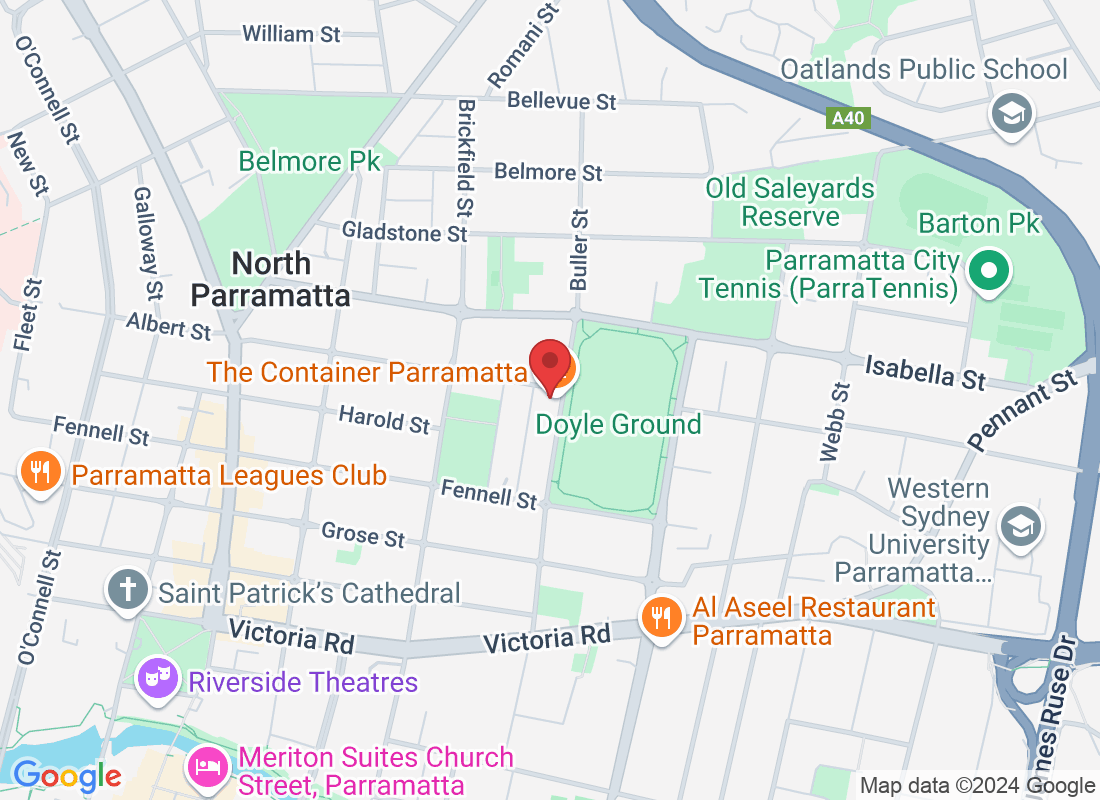
Lower Back Pain Explained: Common Causes and How Physiotherapy Can Help
Lower back pain is one of the most common complaints among adults, affecting people of all ages and lifestyles. Whether it's a sharp twinge when bending over or a persistent ache that worsens throughout the day, back pain can significantly impact daily activities and quality of life. Fortunately, physiotherapy offers effective, evidence-based treatments to help relieve pain, improve mobility, and prevent future discomfort. In this article, we’ll explore the most common causes of lower back pain and how physiotherapy can help you regain strength and function.
Common Causes of Lower Back Pain
Lower back pain can arise from various conditions, ranging from muscle strain to structural issues within the spine. Here are some of the most common causes:
1. Muscle Strains and Ligament Sprains
Overuse, poor posture, or sudden movements can cause muscle strains or ligament sprains in the lower back. This is particularly common in people who engage in heavy lifting, repetitive movements, or prolonged sitting. Symptoms often include stiffness, muscle spasms, and pain that worsens with movement.
2. Herniated or Bulging Discs
The discs between the vertebrae act as cushions, absorbing shock and providing flexibility. When a disc becomes damaged or herniated, it can press against nearby nerves, causing pain, tingling, or numbness in the lower back and legs. This is often referred to as sciatica when it affects the sciatic nerve.
3. Degenerative Disc Disease
As we age, the spinal discs naturally lose hydration and elasticity, leading to degenerative disc disease. This can cause pain, stiffness, and reduced spinal mobility. While it’s a normal part of aging, physiotherapy can help slow the progression and manage symptoms effectively.
4. Spinal Stenosis
Spinal stenosis occurs when the spaces within the spine narrow, putting pressure on the spinal cord and nerves. This condition is more common in older adults and often results in pain, weakness, and difficulty walking.
5. Poor Posture and Weak Core Muscles
Spending long hours sitting, especially with poor posture, can place undue stress on the lower back. A weak core can also contribute to instability in the lumbar spine, making it more susceptible to pain and injury.
6. Arthritis and Inflammatory Conditions
Osteoarthritis and other inflammatory conditions, such as ankylosing spondylitis, can lead to stiffness, swelling, and pain in the lower back. These conditions require ongoing management to maintain mobility and reduce discomfort.
7. Scoliosis and Structural Abnormalities
Spinal curvature issues, such as scoliosis, can cause uneven pressure on the lower back, leading to pain and postural imbalances. While scoliosis is often diagnosed in adolescence, it can contribute to chronic lower back pain in adulthood.
How Physiotherapy Can Help with Lower Back Pain
Physiotherapy plays a vital role in managing and treating lower back pain by addressing its root cause rather than just masking symptoms. Here’s how a physiotherapist can help:
1. Comprehensive Assessment and Diagnosis
A physiotherapist will conduct a detailed assessment, including reviewing your medical history, movement patterns, posture, and any underlying conditions contributing to your back pain. This helps determine the most effective treatment plan tailored to your specific needs.
2. Manual Therapy for Pain Relief
Hands-on techniques, such as joint mobilization, soft tissue massage, and trigger point therapy, can help alleviate pain, reduce muscle tension, and improve spinal mobility. These treatments provide immediate relief and prepare the body for further rehabilitation.
3. Targeted Exercise Programs
Strengthening and mobility exercises are fundamental to back pain recovery. A physiotherapist will design a personalised exercise program that focuses on:
Core Strengthening: Strengthening the core muscles provides better support for the lower back and reduces strain.
Flexibility and Mobility Exercises: Stretching tight muscles and improving spinal mobility can alleviate stiffness and prevent further injuries.
Postural Correction Exercises: These exercises help improve posture and reduce strain on the spine, especially for those with sedentary lifestyles.
4. Postural Education and Ergonomic Advice
Poor posture is a significant contributor to lower back pain. Physiotherapists provide education on maintaining proper posture at work, home, and during daily activities. They may also offer ergonomic recommendations, such as adjusting desk height, chair support, and lifting techniques.
5. Pain Management Techniques
Depending on the severity of the pain, physiotherapists may incorporate modalities like:
Heat or Cold Therapy: To reduce inflammation and relieve muscle tension.
Electrotherapy (TENS): To block pain signals and provide relief.
Dry Needling: To release muscle knots and improve circulation in affected areas.
6. Preventative Strategies for Long-Term Relief
Physiotherapy is not just about treating current pain but also preventing future episodes. A physiotherapist will educate you on movement habits, lifestyle modifications, and maintenance exercises to keep your back strong and pain-free.
When to See a Physiotherapist for Lower Back Pain
It’s advisable to see a physiotherapist if you experience:
Persistent or recurring lower back pain.
Pain that radiates to your legs or causes numbness.
Difficulty performing daily activities due to stiffness or discomfort.
Weakness or instability in the lower back or legs.
Pain that worsens after prolonged sitting, standing, or movement.
Early intervention can prevent minor discomfort from turning into a chronic condition, ensuring faster recovery and long-term spinal health.
Final Thoughts
Lower back pain can disrupt your daily life, but it doesn’t have to be a long-term burden. Understanding its causes and seeking physiotherapy early can help alleviate pain, improve mobility, and prevent future issues. Through a combination of manual therapy, targeted exercises, and lifestyle modifications, physiotherapists offer a comprehensive approach to back pain management.
If you’re struggling with persistent lower back pain, don’t wait—book an appointment with a qualified physiotherapist today and take the first step towards relief and recovery.



